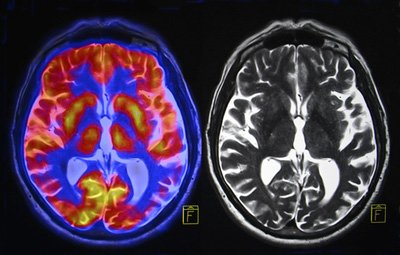LSD research could lead to treatments for psychiatric disorders
Posted: 13 April 2016 | Victoria White, Digital Content Producer | 1 comment
The effects of LSD on the human brain have been visualised for the first time and may lead to new treatments for psychiatric disorders…


Researchers have, for the first time, visualised the effects of LSD on the human brain – their findings may pave the way for new treatments for psychiatric disorders.
In a series of experiments, scientists from Imperial College London, working with the Beckley Foundation, have gained a glimpse into how the psychedelic compound affects brain activity. The team administered LSD (Lysergic acid diethylamide) to 20 healthy volunteers in a specialist research centre and used leading-edge and complementary brain scanning techniques to visualise how LSD alters the way the brain works.
The findings reveal what happens in the brain when people experience the complex visual hallucinations that are often associated with LSD state. They also shed light on the brain changes that underlie the profound altered state of consciousness the drug can produce.
A major finding of the research is the discovery of what happens in the brain when people experience complex dreamlike hallucinations under LSD. Under normal conditions, information from our eyes is processed in a part of the brain at the back of the head called the visual cortex. However, when the volunteers took LSD, many additional brain areas – not just the visual cortex – contributed to visual processing.
The study also revealed what happens in the brain when people report a fundamental change in the quality of their consciousness under LSD.
Dr Robin Carhart-Harris, from the Department of Medicine at Imperial, who led the research, explained: “Normally our brain consists of independent networks that perform separate specialised functions, such as vision, movement and hearing – as well as more complex things like attention. However, under LSD the separateness of these networks breaks down and instead you see a more integrated or unified brain.”
Dr Carhart-Harris added: “Our brains become more constrained and compartmentalised as we develop from infancy into adulthood, and we may become more focused and rigid in our thinking as we mature. In many ways, the brain in the LSD state resembles the state our brains were in when we were infants: free and unconstrained. This also makes sense when we consider the hyper-emotional and imaginative nature of an infant’s mind.”
Listening to music while taking LSD triggered ‘interesting’ changes
In addition to these findings, research from the same group, part of the Beckley/Imperial Research Programme, revealed that listening to music while taking LSD triggered interesting changes in brain signalling that were associated with eyes-closed visions. The researchers found altered visual cortex activity under the drug, and that the combination of LSD and music caused this region to receive more information from an area of the brain called the parahippocampus. The parahippocampus is involved in mental imagery and personal memory, and the more it communicated with the visual cortex, the more people reported experiencing complex visions, such as seeing scenes from their lives.
The Beckley/Imperial Research Programme hope these collective findings may one day lead to treatments for psychiatric disorders. They could be particularly useful in conditions where negative thought patterns have become entrenched, say the scientists, such as in depression or addiction.
Mendel Kaelen added: “A major focus for future research is how we can use the knowledge gained from our current research to develop more effective therapeutic approaches for treatments such as depression; for example, music-listening and LSD may be a powerful therapeutic combination if provided in the right way.”
Professor David Nutt, the senior researcher on the study and Edmond J Safra Chair in Neuropsychopharmacology at Imperial, said: “For the first time we can really see what’s happening in the brain during the psychedelic state, and can better understand why LSD had such a profound impact on self-awareness in users and on music and art. This could have great implications for psychiatry, and helping patients overcome conditions such as depression.”
Related topics
Drug Discovery
Related organisations
Imperial College London



